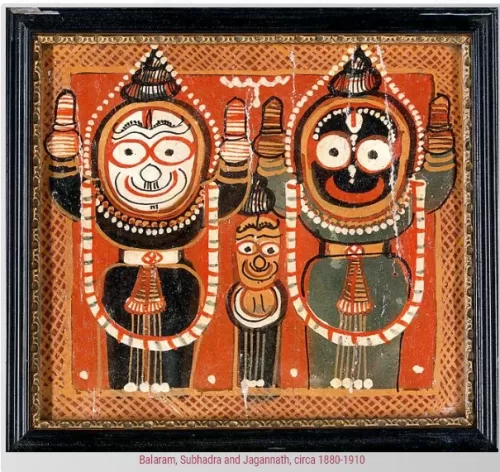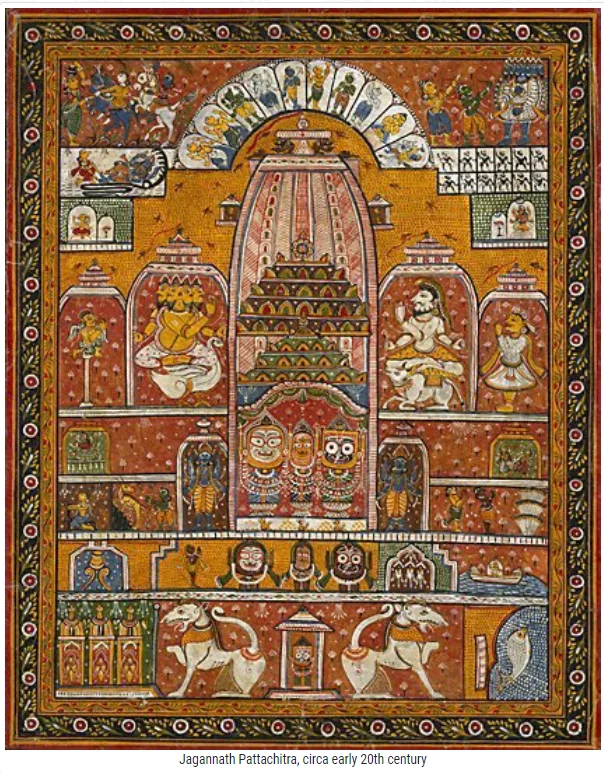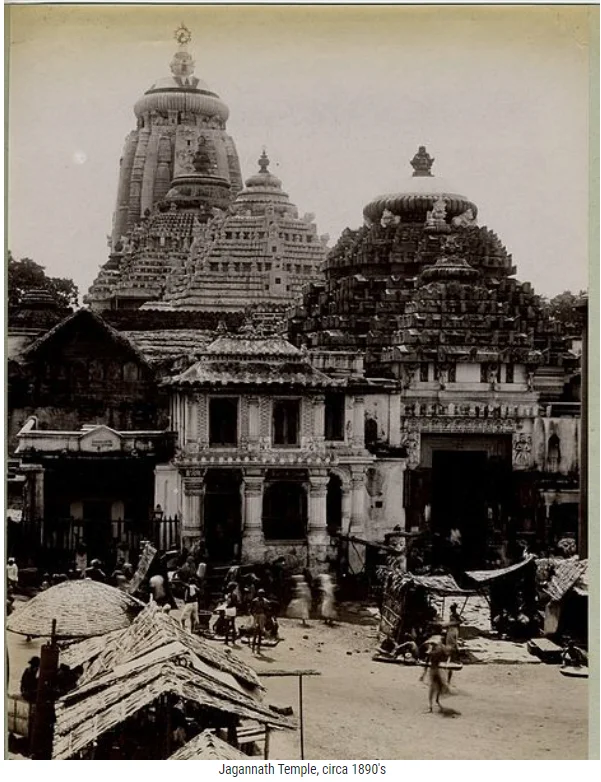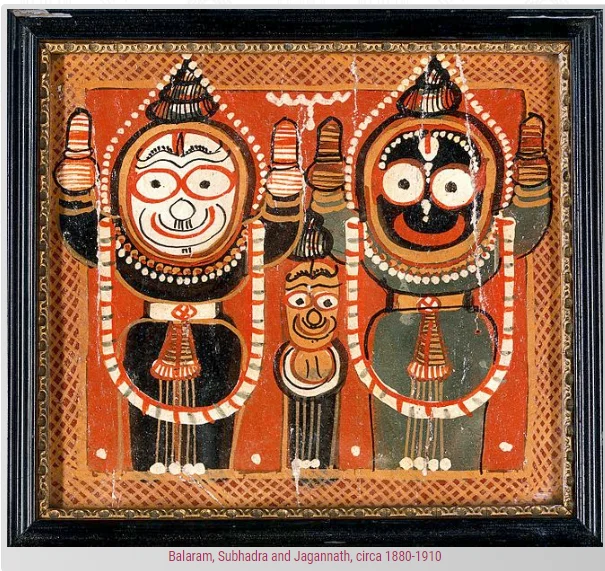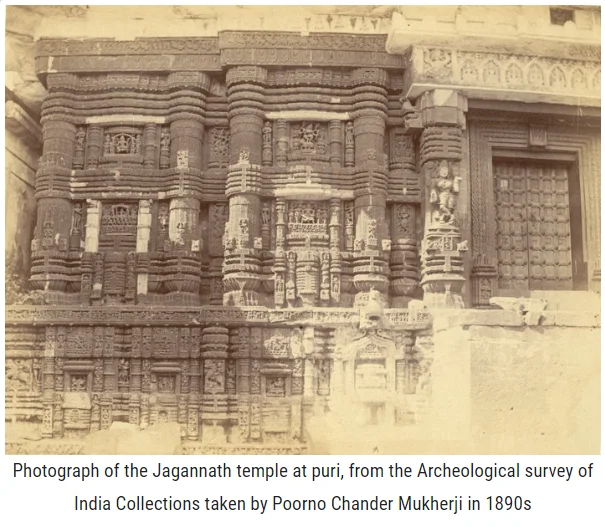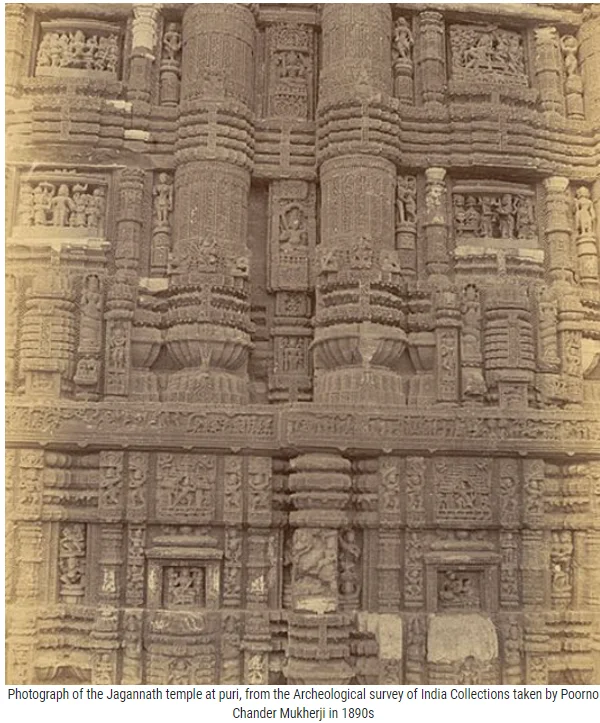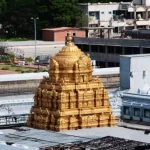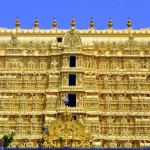Among the most revered Vaishnava sites of worship in India, is the Jagannath Temple in Puri. Its main shrine was constructed in the 10th century by Anantavarman of the Chodaganga dynasty, ehich tense to making it one of the oldest Hindu temples currently in operation.
The gods housed within the shrine, on the other hand, are said to be considerably older and are connected to King Indrayumna, the great mythological king of the Satya-yuga and Lord Ram’s nephew.
In 1174 AD King Anang Bhim Deo And Jagannath temple
Orissa’s monarch Anang Bhim Deo came to the throne in 1174 AD. After killing a Brahmin, the young monarch experienced a religious crisis. According to tradition, he made significant investments in public building projects as atonement for his transgressions.
He constructed several temples, including the walls of the Jagannath temple and its auxiliary shrines. The building took fourteen years to complete (in 1198 AD) and it cost him a million and one-half worth of gold (half a million sterling in 1886).
In order to oversee the temple that his father had constructed, he established the Chattisanijoga order of temple servitors. Up until 1568, the murtis of Lord Jagannath and his other siblings were continuously venerated and worshipped here.
Gajapati king Mukunda Deva and Jagannath temple
Following his conquest of the Gajapati king Mukunda Deva in 1568, General Kalapahad led Sultan Suleiman Karani, the Nawab of Bengal, and his triumphant army inside the Temple complex to plunder it. But the gods had been secretly taken from the Garbha Griha and hid close to Chilika Lake.
Kalapahad discovered them quickly and set them on fire. After the army left, a devotee who was with them to the lake was able to recover the Bramha (soul) of the gods in some ash. He carried this to the country of Kujang, concealed behind a mridanga. The Srimandir wept and did not serve Mahaprasad, the 56 food dishes offered to Lord Jagannath, during their stay away from their abode.
Ramachandra Deva I
At this period, Ramachandra Deva I dictated over the Hindu kingdom of Khurda. In order to return the gods to their temporary habitation, he transported the Bramha to his realm and performed the Nobokoliboro, also known as the Ritual of the New Body.
After nearly ten years, the Lord of the Universe eventually made his way back to Puri in 1575. The followers gave Ramachandra Deva I the moniker “Abhinav Indrayumna” (Indrayumna incarnate) as a token of their appreciation.
In less than twenty years, the Mughal Empire acknowledged Ramachandra Deva I’s dominion all over Puri and the Temple. Raja Mansingh bestowed upon him the title ‘Gajapati Ruler of Khurda and Superintendent of the Jagannath Temple’.
East India Company attacked Jagannath temple
In 1751 and 1803 accordingly, the Mahratta and the British took over the Temple. Still, in terms of overseeing the Temple and its customs, the Rajas of Khurda would continue to enjoy the respect of the faithful.
The British East India Company formally gave the Rajas back sovereignty of the Temple in 1809, and they would hold it until British authority was removed from the Indian subcontinent.
The Archeological Survey of India started a project in 1975 to reveal the initial plans underneath the many layers of lime plaster. For two decades, the conservation project was underway.
The temple proudly showcases the natural colors of the khondalite stone that Anantavarma had used to build the Lord’s residence in the tenth century. In the 19th century, the temple was known by European seafarers as the “white pagoda.”
The Temple’s traditions and rituals have mostly remained the same since it was built. Here, the Lord of the Universe is revered in a very special way. He is cherished and taken care of as part of a family, much like His siblings. They wake up to music and an arati every morning. They are forced to take off their pajamas and brush their teeth.
Mahabhog
In the morning time darshan, they get bathed and clothed. They would be changed once more in time for Gopal Ballabh, a light meal of fruits, curd, and green coconut. At ten in the morning, a second meal (Raj Bhoga) is provided, and to help with digestion, some betel nuts are then consumed.
At 1:00 pm, the gods have a lavish meal known as Madhyana Dhupa. This midday meal had 435 dishes in 1910. A feast worthy of the gods.
As with all big meals, the gods also need to take a brief nap afterward. The gods are allowed to sleep in peace after cots are carried within the sanctum sanctorum.
The gods are awakened by six o’clock in the evening for darshan and an evening snack known as Sandhya Dhupa. Soon after, they get ready for the evening, get dressed for the Chandanalagi, and apply the cooling sandalwood paste.
At 10:30 p.m., the gods have a late meal known as Babasinghar Bhoga. When it’s time for bed, their cots are swapped out for couches that are far more comfy. They are sent to sleep by a sevak, or temple attendant, who plays the chordophone veena while reciting the Gita Govinda, a poem written by the poet Jayadeva in the 12th century. It is left to the Lord of the Universe and his siblings to sleep happily till sunrise.
